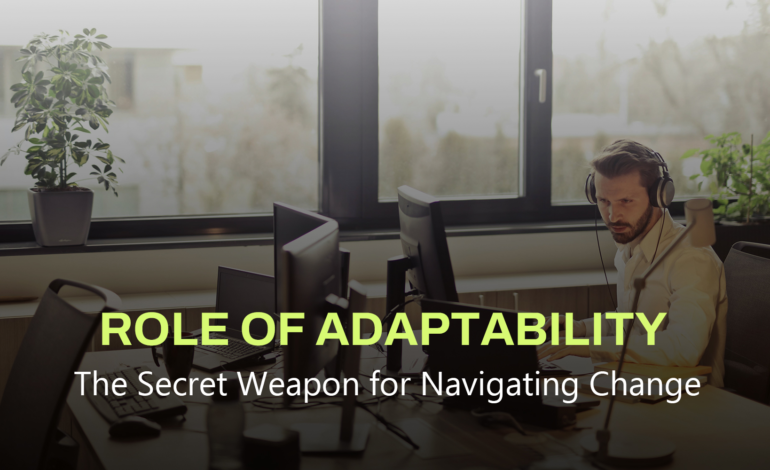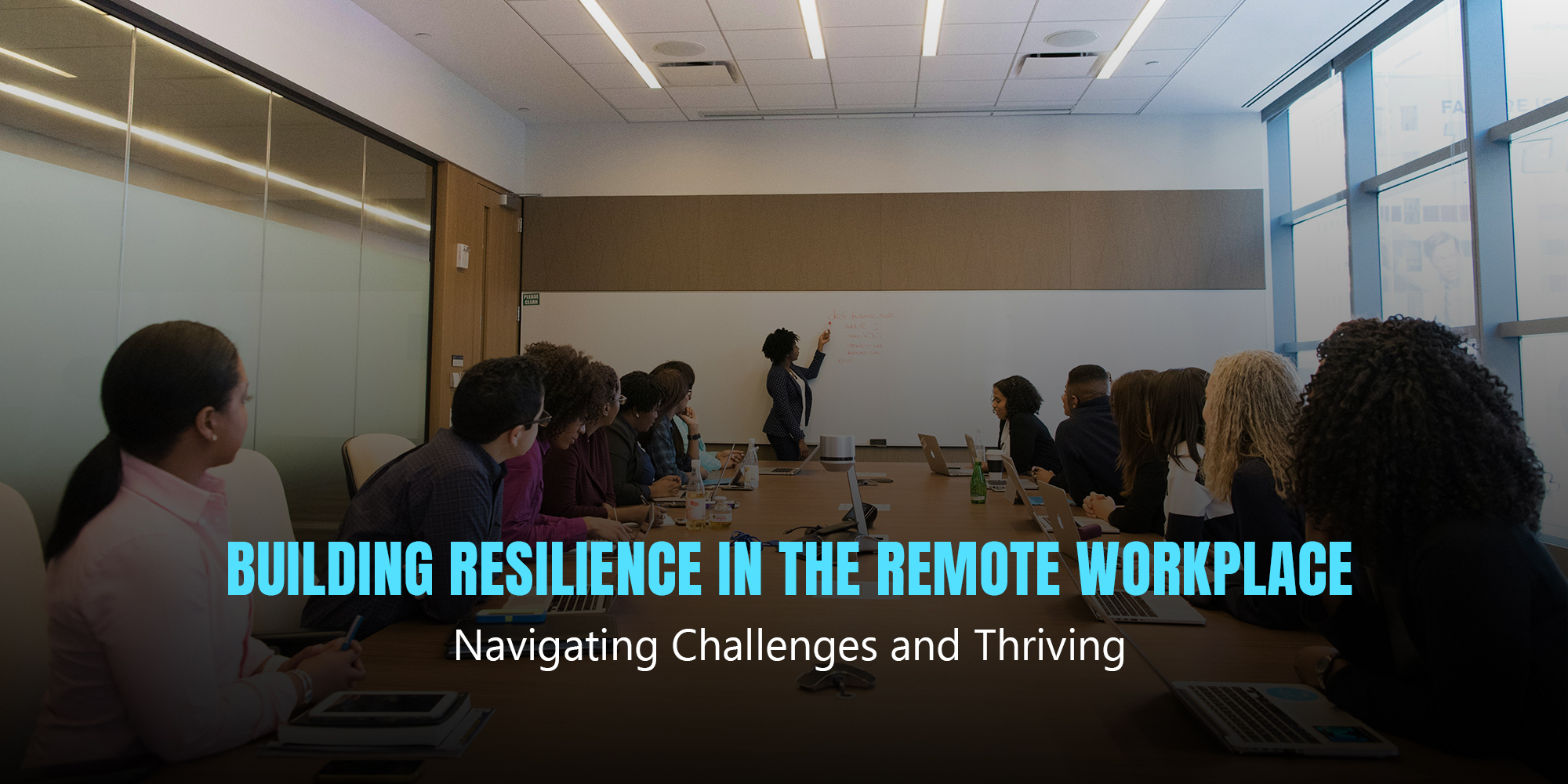
Introduction
In today’s rapidly evolving business landscape, the ability to adapt is no longer a mere advantage; it’s a necessity for leadership success. The capacity to navigate change, embrace new challenges, and foster a culture of resilience is paramount.
This article explores the critical role of adaptability in leadership and provides practical strategies for cultivating this essential skill.
The Imperative for Adaptability
The business world is in a constant state of flux, driven by technological advancements, shifting consumer preferences, and economic fluctuations. Leaders who can anticipate and respond to change effectively are better equipped to steer their organizations toward sustained growth. Adaptability fosters innovation, resilience, and a competitive edge.
Cultivating a Culture of Adaptability
Building a culture of adaptability requires a deliberate and systematic approach:
- Embracing a Growth Mindset: Leaders must exemplify a growth mindset, believing in their ability to learn and develop. This mindset cascades through the organization, encouraging employees to embrace challenges as opportunities for growth.
- Fostering a Learning Culture: Create a learning environment where experimentation and failure are seen as stepping stones to success. Provide opportunities for employees to acquire new skills and knowledge.
- Building Psychological Safety: Employees are more likely to embrace change when they feel safe and supported. Foster a culture of open communication and psychological safety where ideas can be shared without fear of judgment.
- Agile Decision-Making: Encourage quick decision-making and iterative improvements. Avoid paralysis by analysis and empower teams to make decisions at the appropriate level.
- Leading by Example: Demonstrate adaptability in your own leadership style. Be open to new ideas, willing to change course when necessary, and showcase your resilience in overcoming challenges.
Overcoming Challenges with Agility
While adaptability is essential, navigating change can be challenging. Here are some strategies to overcome common hurdles:
- Effective Change Management: Implement a structured change management process to minimize disruption and maximize employee buy-in.
- Clear Communication: Ensure that everyone understands the reasons for change and the expected outcomes. Transparent communication builds trust and reduces resistance.
- Employee Engagement: Involve employees in the change process. Seek their input and ideas to foster ownership and commitment.
- Continuous Learning and Development: Invest in training and development programs to equip employees with the skills needed to thrive in a changing environment.
Conclusion: Adaptability as a Leadership Imperative
In an era of unprecedented change and uncertainty, adaptability is no longer a luxury but a necessity for leadership success. By cultivating a culture of adaptability and embracing a growth mindset, leaders can navigate challenges with confidence, seize opportunities, and position their organizations for long-term success. Remember, adaptability is not just about surviving change; it’s about thriving in it.









